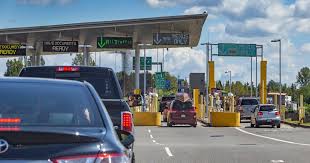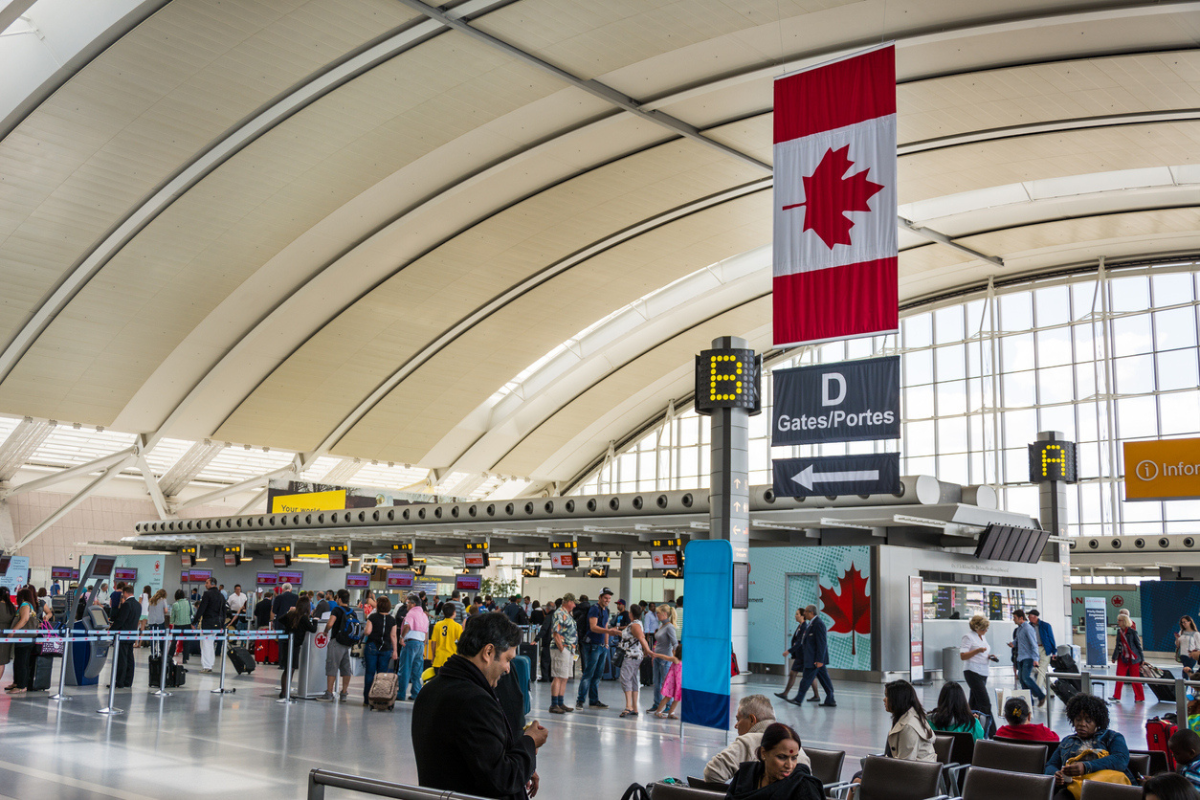Canadian Travel Trends: Domestic Road Trips Gain Popularity Amid Safety and Welcoming Environment Concerns
In recent years, Canadian travel habits have shifted significantly, with a growing number of citizens opting for domestic road trips over visits to the United States. This trend is driven by several factors, including concerns about safety, a desire for more welcoming environments, and the rising costs and complexities associated with international travel, particularly to the U.S.
Surge in Domestic Travel and Road Trips
Domestic travel in Canada has experienced a remarkable boom. In 2023 alone, Airbnb reported nearly eight million domestic guest arrivals, marking a nearly 30 percent increase since 2019. This surge highlights Canadians’ increasing preference for exploring their own country, supporting local businesses, and discovering hidden gems closer to home. Small business owners and communities across Canada benefit significantly from this influx of domestic tourists, who contribute to local economies and help sustain livelihoods.
Popular domestic destinations span the country’s diverse landscapes, from coastal escapes like the Îles-de-la-Madeleine in Québec to urban hubs such as Québec City and smaller towns like Moose Jaw in Saskatchewan and Summerside in Prince Edward Island. Other trending spots include Sherwood Park in Alberta, Blue Mountain in Ontario, and Yellowknife in the Northwest Territories, reflecting Canadians’ appetite for varied and authentic travel experiences within their borders.
Safety and Welcoming Environment as Key Drivers
One of the primary reasons for Canadians’ shift toward domestic travel is safety. Recent data shows a significant decline in Canadian border crossings into the U.S., with an 18.5% drop in February 2025 compared to the previous year. This decline is attributed to stricter U.S. border controls, increased scrutiny, and reports of detentions and deportations of travelers with valid documents. These developments have fostered a perception of an unwelcoming environment for Canadian tourists, leading many to reconsider their travel plans10.
Additionally, political tensions, including new tariffs and trade disputes between Canada and the U.S., have created economic uncertainty and contributed to a boycott sentiment among some Canadians. The stronger U.S. dollar has also made travel south of the border more expensive, further discouraging visits.
In contrast, Canada offers a more welcoming and familiar environment, with fewer travel barriers and a growing emphasis on sustainable, authentic tourism experiences. Canadians are increasingly seeking meaningful, low-carbon-footprint travel options that emphasize local culture and natural beauty. This aligns with the rising popularity of road trips, which allow travelers to explore at their own pace while minimizing environmental impact.
Economic and Practical Considerations
Cost is another significant factor influencing Canadian travel choices. Airfare prices remain a top concern, with 62% of Canadian travelers citing them as a key consideration when choosing destinations. The affordability and convenience of road trips, which eliminate the need for expensive flights and complicated border crossings, make domestic travel an appealing option, especially for families and groups.
Moreover, the pandemic’s lasting impact has shifted traveler expectations, with many prioritizing longer, more meaningful trips that offer wellness benefits and opportunities to connect with nature. Domestic destinations near parks and natural attractions have seen occupancy rates exceed 75% during peak seasons, reflecting this trend.

Looking Ahead
The trend toward domestic travel and road trips in Canada is expected to continue growing. By 2030, Canadian domestic travelers are forecasted to spend $97 billion and make 104 million overnight domestic trips, underscoring the sector’s importance to the national economy.

Travel experts also note a rising interest in personalized and authentic experiences, with Canadians seeking to create lasting memories through communal and immersive adventures. This shift further supports the appeal of exploring Canada’s diverse regions, from urban centers to remote wilderness areas.
Conclusion
Canadian travel trends in 2025 reveal a clear preference for domestic road trips over visits to the U.S., driven by concerns about safety, political tensions, and a desire for more welcoming and sustainable travel experiences. As Canadians continue to discover the richness of their own country, local economies and communities stand to benefit, while travelers enjoy the convenience, affordability, and authenticity that domestic road trips offer. This evolving travel landscape highlights Canada’s growing appeal as a top destination for its own citizens

